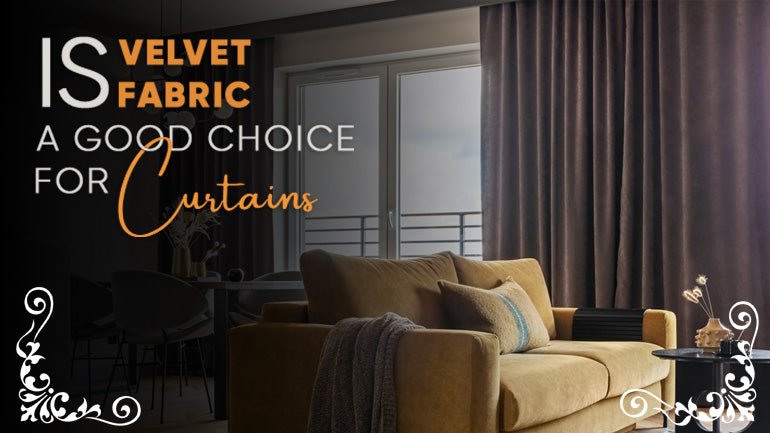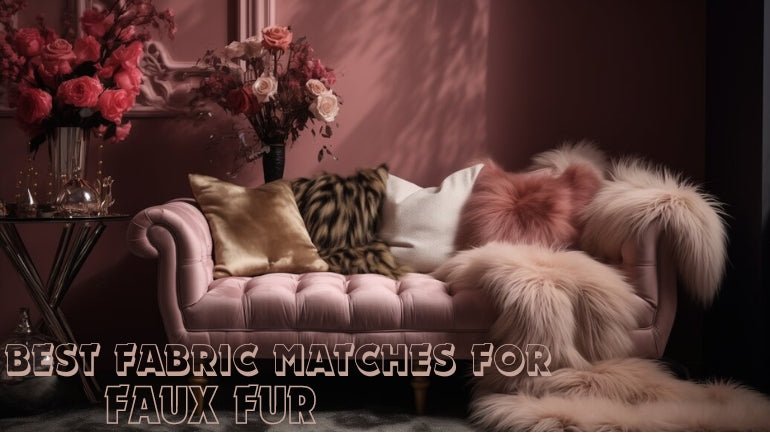Selecting the appropriate fabric is a crucial decision for interior design and various other applications. The choice of fabric affects not only the appearance but also the comfort and functionality of the final product.
Factors to Consider When Choosing a Fabric
Fabric selection is often an overlooked aspect of any sewing or crafting project. Understanding the various factors to consider when selecting fabric is crucial for achieving the desired outcome.
Regarding fabric selection, the possibilities are as vast and diverse as the creative projects they are intended for. With options ranging from delicate silks to rugged denims, it's easy to become overwhelmed. However, by systematically analyzing the key factors, you can streamline your decision-making process and make a choice that aligns with your project's goals.
Durability of Fabric
One of the most critical factors to consider when selecting fabric is its durability. How long do you need the material to last, and under what conditions will it be used? If the fabric will be subjected to everyday use, it's vital to opt for a highly durable material.
Additionally, consider the end-users of the fabric – if it's for children's clothing or items that will be frequently worn, such as work attire, durability becomes a primary concern. No one wants to invest in fabric that wears out quickly, leading to the premature disposal of clothing or textiles.
Ease of Cleaning
Spills and stains are inevitable occurrences in our daily lives. Different fabrics have varying cleanability rates, and considering ease of cleaning is essential when choosing the suitable material. It's important to ask yourself how easy it is to keep the fabric clean. Stains can result from various sources, including food and drinks.
The fabric's cleanability can significantly affect its usability, especially for items prone to stains. Understanding how to maintain and clean the fabric will ensure it remains pristine for an extended period.
Texture
Texture is a crucial element in fabric selection, particularly since most fabrics come into direct contact with our skin. Fabrics like silk have a luxurious and soft texture, making them ideal for intimate clothing. Cotton, known for its softness, is another popular choice.
The texture of a fabric can significantly influence the comfort and feel of the clothing or textile it is used for. Therefore, it's essential to consider various fabrics and their textures to find one that suits your preferences and intended use.
Fading Resistance
Nobody wants to invest in a fabric that loses its color quickly after minimal use. Fabrics vary in their fading resistance. Some fabrics are more colorfast and retain their vibrancy for more extended periods, while others fade rather quickly.
The material's location and use will also influence your choice, as exposure to sunlight or frequent washing can accelerate fading. Fabrics that are likely to be exposed to sunlight should ideally have light or non-vibrant colors, as this minimizes the visibility of fading. If you plan to use the fabric frequently and wash it regularly, it's prudent to select a fabric.
Color
The color of the fabric is another vital aspect to consider when making your selection. The color should be chosen in line with the intended occasion or purpose of the fabric. Bright and vibrant colors are typically associated with celebrations and festive events, while darker and more muted hues convey a somber or formal mood.
Your choice of color should also complement your skin tone and personal style, ensuring that the final product not only meets your functional requirements but also enhances your personal aesthetics.
Type of Fabric
Fabrics are made from a wide range of materials, including natural and synthetic fibers. Some fabrics are crafted by blending both natural and synthetic fibers to achieve specific properties.
Your budget, as well as the desired characteristics of the fabric, will play a role in determining the type of fabric you choose. For example, cotton is a popular choice for its breathability and comfort, while polyester is known for its durability and resistance to wrinkles. Silk, such as silk kimono, is revered for its luxurious and soft texture. Consider the intended use and desired qualities of the fabric when making this decision.
Fabric Quality
The quality of the fabric can significantly impact the overall satisfaction of your clothing or textile project. High-quality fabrics not only feel more comfortable against the skin but are also less prone to defects. Quality fabrics tend to last longer and maintain their structural integrity, ensuring that the final product meets or exceeds your expectations.
When selecting fabric, it's essential to touch and feel the material. The tactile experience can provide valuable insights into the quality of the fabric. Look for fabrics that are free from defects and possess a superior quality that will elevate the end product.
Faqs
What is the most durable fabric for clothing?
Denim is often considered one of the most durable fabrics for clothing due to its sturdy and rugged nature, making it suitable for various types of apparel, including jeans and jackets.
What is the most commonly used fabric in fashion design?
Cotton is one of the most commonly used fabrics in fashion design due to its versatility, comfort, and breathability, making it a popular choice for a wide range of clothing items.
What fabric holds its shape best?
Fabrics such as spandex and elastane are known for their excellent stretch and recovery properties, allowing them to maintain their shape well even after extended wear.



